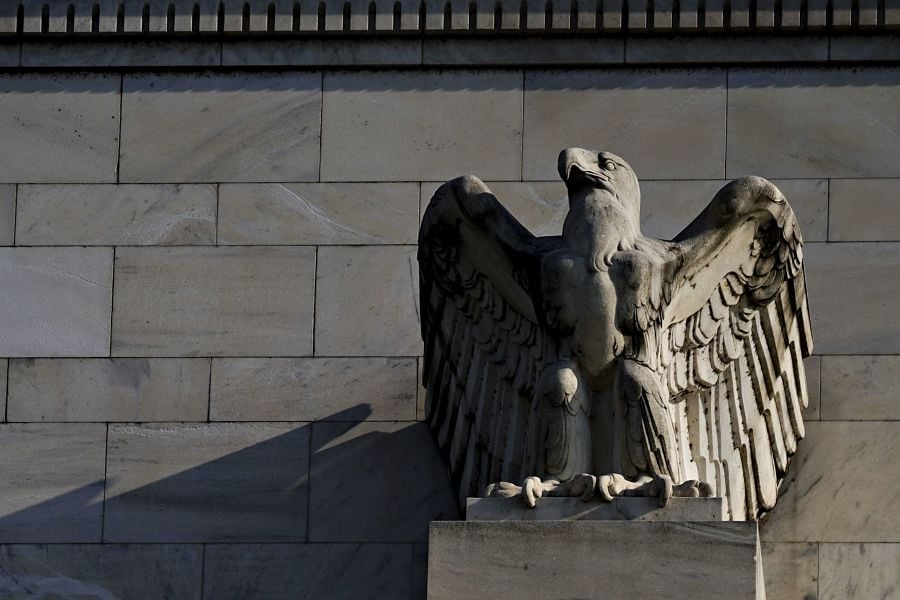

The Federal Reserve bought bonds issued by companies including AT&T Inc., UnitedHealth Group Inc. and Walmart Inc. as part of its emergency lending program set up in response to the pandemic, according to new disclosures.
On June 16, the U.S. central bank began purchasing securities of individual issuers as part of a broad index it created to include companies that were eligible for the program.
The disclosures, posted Sunday, show that of the $207 million of purchases made on the first day of buying, about 21% were of debt issued by firms in the consumer noncyclical sector, while 15% were of consumer cyclical debt and 10% were of technology debt. Issues rated below investment grade comprised 3.6% of the securities acquired.
In a separate disclosure, the New York Fed released the composition of the broad index the central bank is using to conduct the purchases. Fed officials have said the goal of the buying is to maintain liquidity in the market for corporate debt, so that issuers are able to access capital despite the deep economic downturn created by the pandemic. The index is comprised of almost 800 issuers.
In mid-May, the Fed began buying exchange-traded funds invested in corporate debt as it readied for outright purchases. As of Tuesday, the Fed had amassed $8.71 billion of assets, including ETFs and individual securities, through the program, known as the Secondary Market Corporate Credit Facility.
On June 17, Fed Chairman Jerome Powell told the House Financial Services Committee that the central bank would reallocate purchases of ETFs toward individual debt securities through the index it created.
“Buying cash bonds is going to form the primary mode of support over time by which we support market function,” Powell said during the hearing. “Over time, we will gradually move away from ETFs.”
The program is set to expire on Sept. 30.

While industry statistics pointing to a succession crisis can cause alarm, advisor-owners should be free to consider a middle path between staying solo and catching the surging wave of M&A.

New joint research by T. Rowe Price, MIT, and Stanford University finds more diverse asset allocations among older participants.

With its asset pipeline bursting past $13 billion, Farther is looking to build more momentum with three new managing directors.

A Department of Labor proposal to scrap a regulatory provision under ERISA could create uncertainty for fiduciaries, the trade association argues.

"We continue to feel confident about our ability to capture 90%," LPL CEO Rich Steinmeier told analysts during the firm's 2nd quarter earnings call.
Orion's Tom Wilson on delivering coordinated, high-touch service in a world where returns alone no longer set you apart.
Barely a decade old, registered index-linked annuities have quickly surged in popularity, thanks to their unique blend of protection and growth potential—an appealing option for investors looking to chart a steadier course through today's choppy market waters, says Myles Lambert, Brighthouse Financial.
